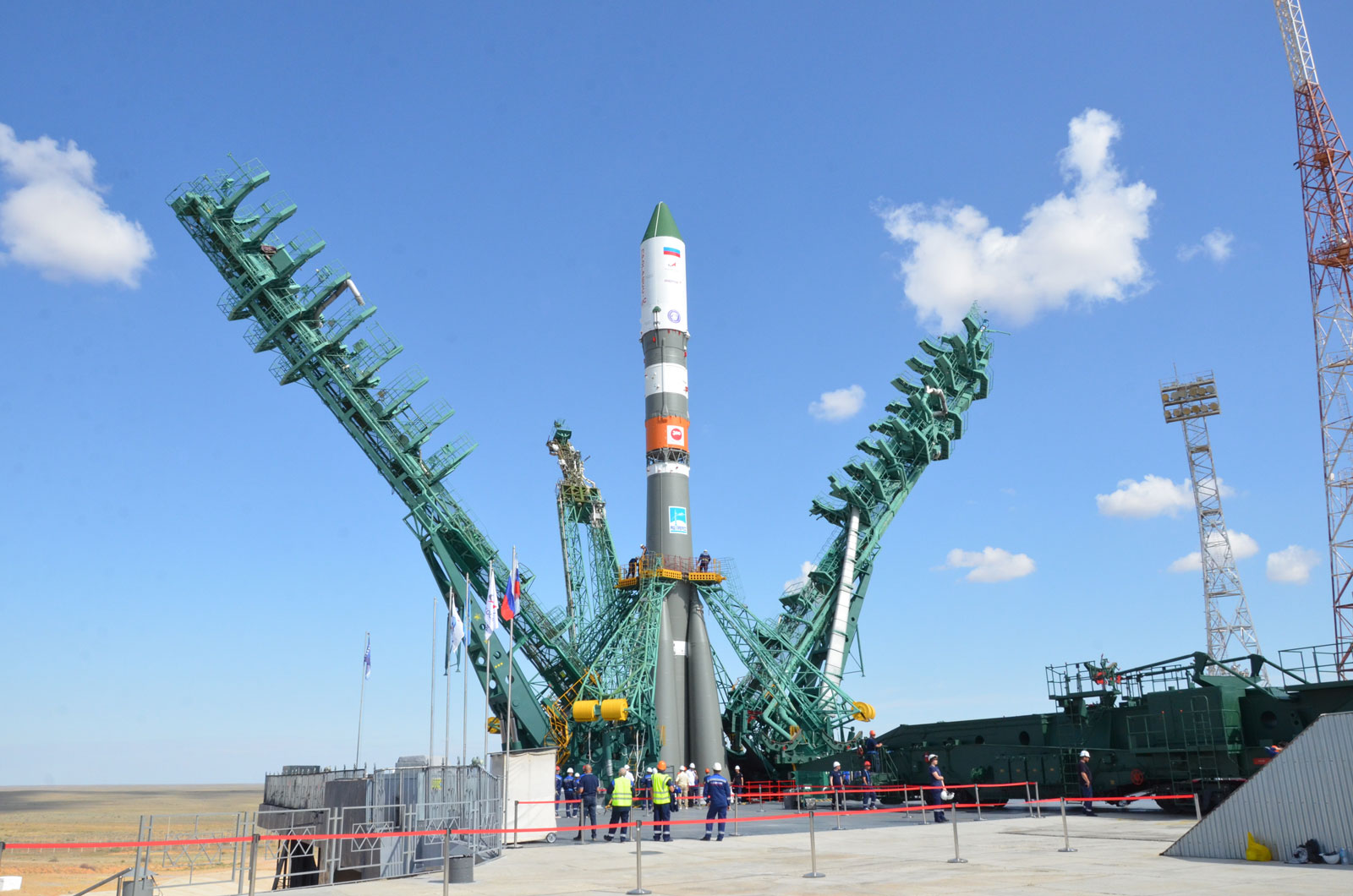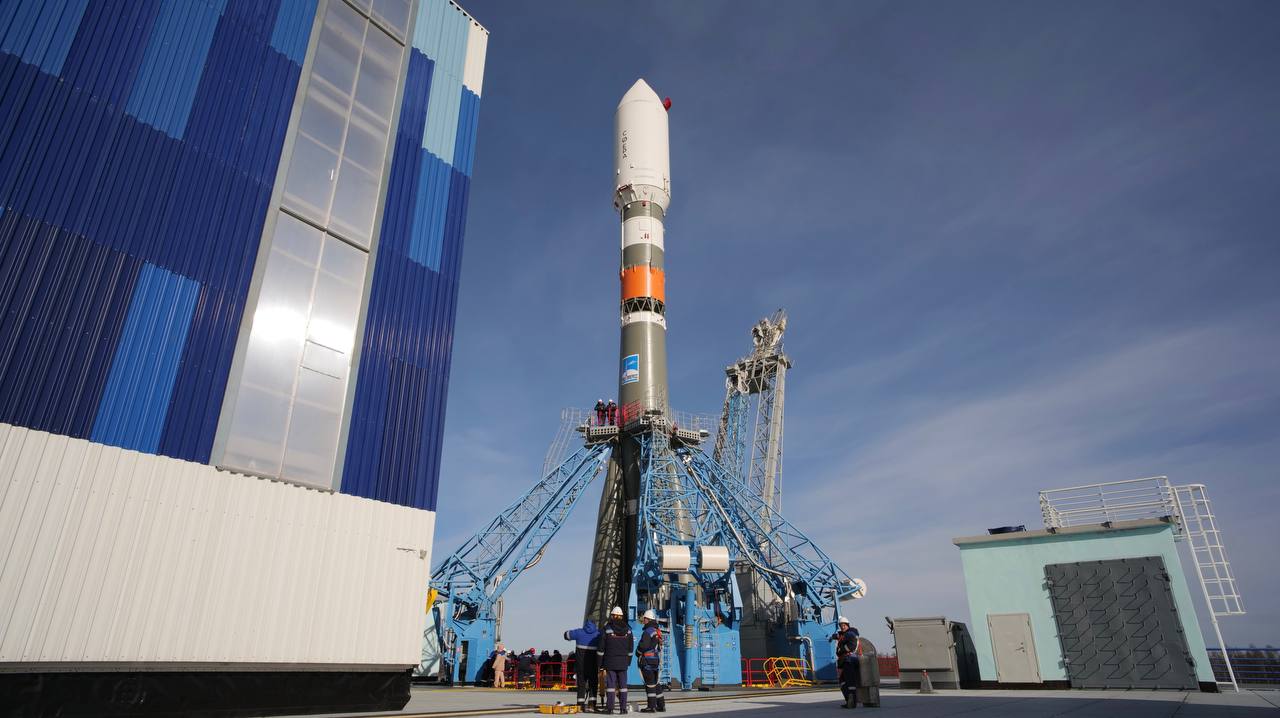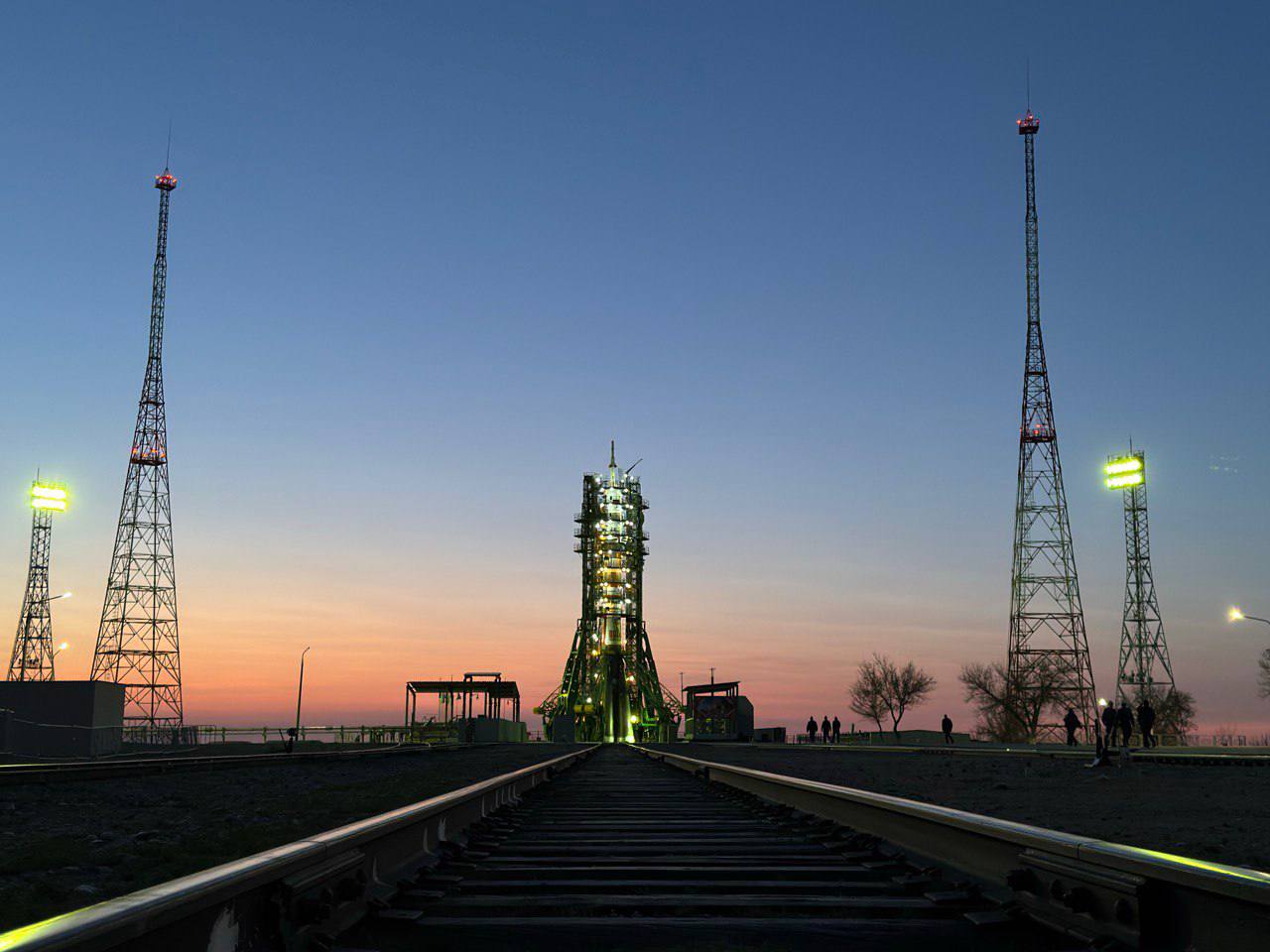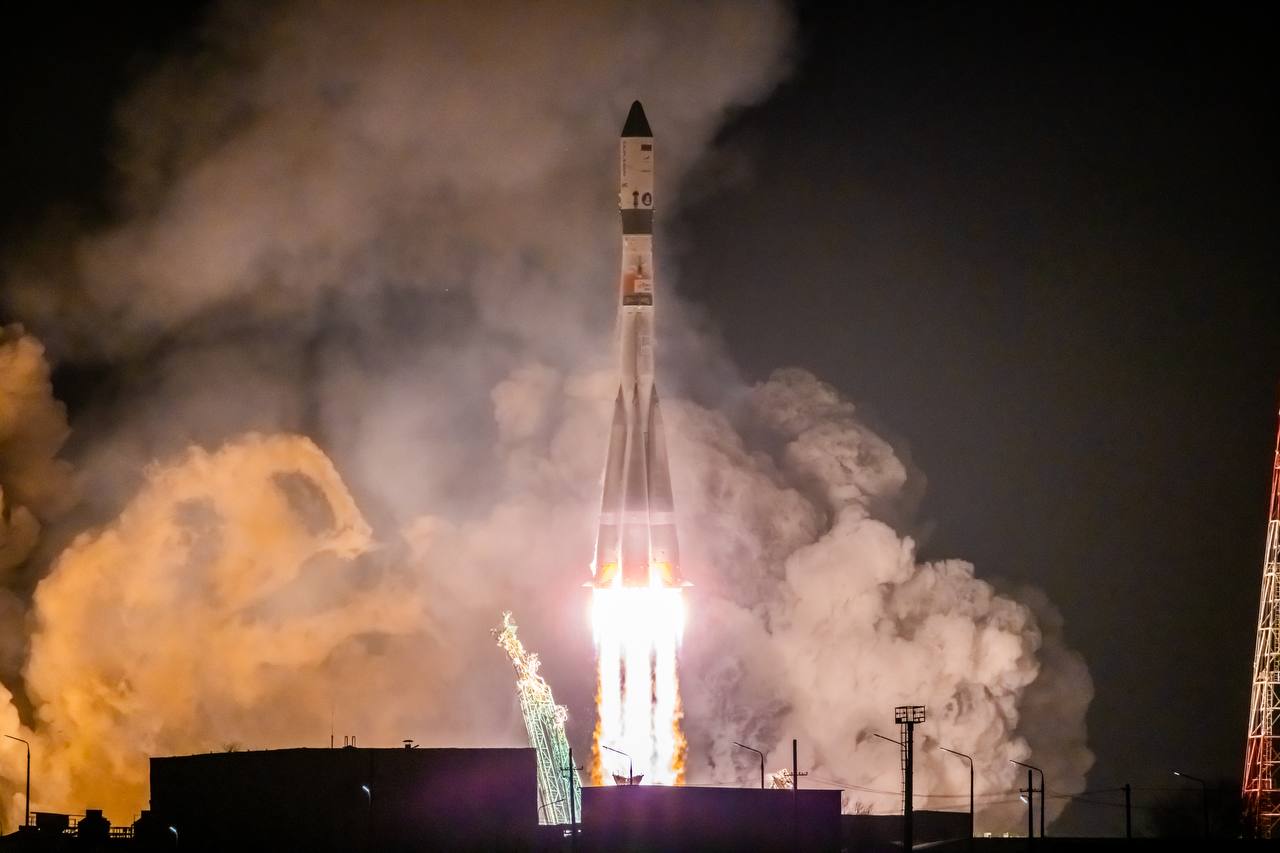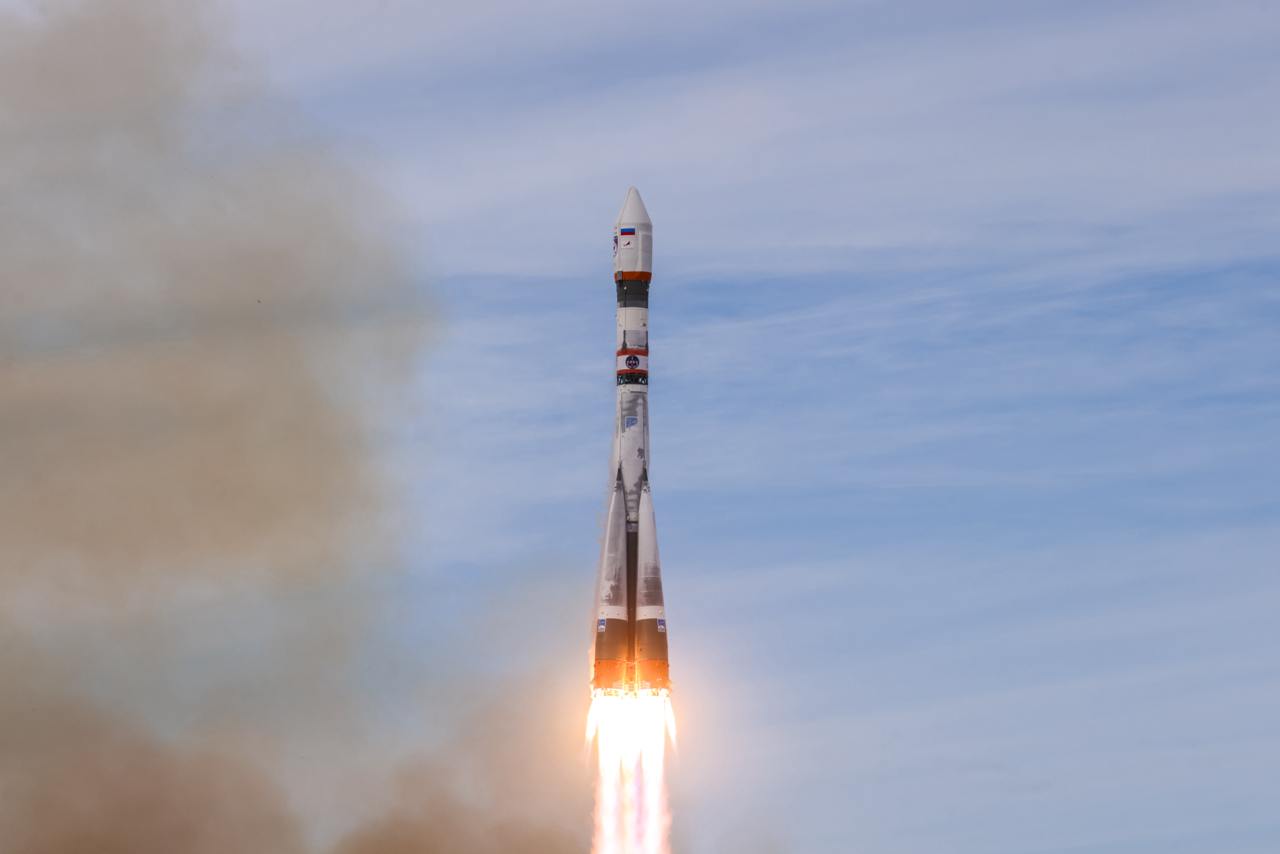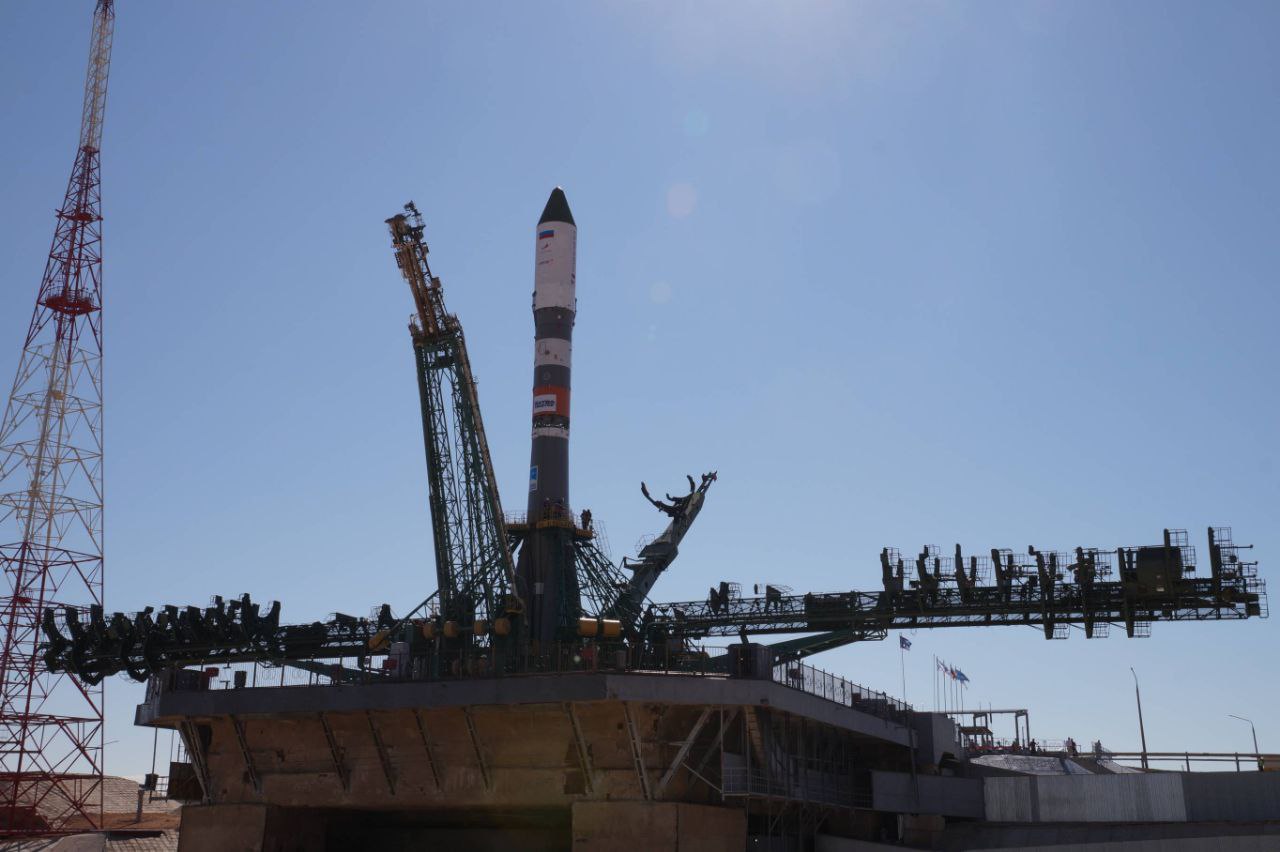Previous Spaceflight Launches
Filter by Agency, Locations or Vehicles
Show All LaunchesSoyuz 2.1a | Soyuz MS-28
Progress Rocket Space Center | RussiaBaikonur Cosmodrome, Republic of Kazakhstan
Nov. 27, 2025, 9:27 a.m.
Status: Launch Successful
Mission:
Soyuz MS-28 will carry three cosmonauts and one astronaut to the International Space Station aboard the Soyuz spacecraft from the Baikonur Cosmodrome in Kazakhstan. The crew consists of Roscosmos cosmonauts Sergei Kud-Sverchkov, Sergei Mikayev and Oleg Platonov.
Low Earth OrbitSoyuz 2.1a | Progress MS-32 (93P)
Progress Rocket Space Center | RussiaBaikonur Cosmodrome, Republic of Kazakhstan
Sept. 11, 2025, 3:54 p.m.
Soyuz 2.1b | Bion-M No. 2
Progress Rocket Space Center | RussiaBaikonur Cosmodrome, Republic of Kazakhstan
Aug. 20, 2025, 5:13 p.m.
Status: Launch Successful
Mission:
Bion-M is the next generation of Russian biological research satellites. While retaining the Vostok/Zenit-derived reentry module of the earlier Bion, the propulsion module has been replace by a Yantar type module, which provides maneuvering capabilities and longer mission support. The mission duration has been increased to up to 6 months by using solar cells for energy generation. The weight of scientific equipment has been increased by 100 kilograms.
Low Earth OrbitSoyuz 2.1a | Progress MS-31 (92P)
Progress Rocket Space Center | RussiaBaikonur Cosmodrome, Republic of Kazakhstan
July 3, 2025, 7:32 p.m.
Soyuz 2.1a | Soyuz MS-27
Progress Rocket Space Center | RussiaBaikonur Cosmodrome, Republic of Kazakhstan
April 8, 2025, 5:47 a.m.
Status: Launch Successful
Mission:
Soyuz MS-27 will carry two cosmonauts and one astronaut to the International Space Station aboard the Soyuz spacecraft from the Baikonur Cosmodrome in Kazakhstan. The crew consists of Roscosmos cosmonauts Sergey Ryzhikov, Alexey Zubritsky, and NASA astronaut Jonathan "Jonny" Kim.
Low Earth OrbitSoyuz 2.1a | Progress MS-30 (91P)
Progress Rocket Space Center | RussiaBaikonur Cosmodrome, Republic of Kazakhstan
Feb. 27, 2025, 9:24 p.m.
Soyuz 2.1b | Resurs-P No.5
Progress Rocket Space Center | RussiaBaikonur Cosmodrome, Republic of Kazakhstan
Dec. 25, 2024, 7:45 a.m.
Soyuz 2.1a | Progress MS-29 (90P)
Progress Rocket Space Center | RussiaBaikonur Cosmodrome, Republic of Kazakhstan
Nov. 21, 2024, 12:22 p.m.
Soyuz 2.1a | Soyuz MS-26
Progress Rocket Space Center | RussiaBaikonur Cosmodrome, Republic of Kazakhstan
Sept. 11, 2024, 4:23 p.m.
Soyuz 2.1a | Progress MS-28 (89P)
Progress Rocket Space Center | RussiaBaikonur Cosmodrome, Republic of Kazakhstan
Aug. 15, 2024, 3:20 a.m.
